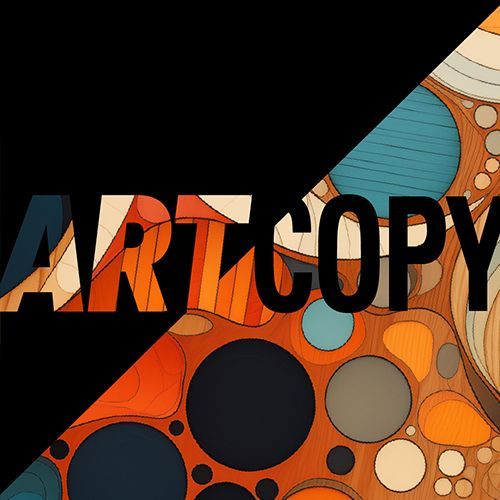Crafting a Standout Visual Identity for Cybersecurity Brands
The Benefits of Being the Light in a Sea of Darkness
In the sprawling world of cybersecurity, where digital defenders wage daily battles against lurking threats, one thing seems to be a constant: the sea of dark, ominous visuals that dominate the industry's branding landscape. Now, don't get us wrong — the darkness certainly has its place. It resonates with the idea of protection, highlighting the shadows where cyber threats hide. But what if we told you there's an opportunity to stand out from the pack and make your mark in a way that's fresh, innovative, and engaging? Let’s discuss why it makes sense to explore alternative visual approaches in the cybersecurity industry.
Embrace the Power of Color Psychology
Let's face it— the stereotypical black, gray, and navy palette has become a bit cliché in the cybersecurity world. While these shades do conjure a sense of authority and security, they can also contribute to an aura of intimidation and even fear. Instead of being just another shadow in the darkness, why not harness the psychological power of color to communicate a distinct message?
Consider incorporating shades like bright blues and vibrant greens to convey trust, transparency, and innovation. Blue is associated with stability and calmness — traits that are immensely important in the cybersecurity domain. Green, on the other hand, symbolizes growth and renewal, which can be translated to the continuous evolution of your brand's security solutions. By employing colors that inspire positivity and forward-thinking, you're already standing out and inviting your audience to perceive you in a different light.
Infuse Humanity into Technology
Cybersecurity is all about technology and its intricate machinations. But here's the thing: behind every line of code and firewall, there are human minds diligently working to protect digital landscapes. It's high time to bring that human touch into your visual identity.
Imagine imagery that blends futuristic elements with subtle human symbolism. Maybe it's an abstract depiction that fuses technology and humanity. Bringing people to the forefront makes your brand more than just another faceless entity in the realm of cybersecurity. You're a brand that understands the nuances of the digital age while acknowledging the importance of the human factor.
Dynamic Visuals for a Dynamic Field
The world of cybersecurity is anything but static. It's a dynamic, ever-changing landscape where adaptability and agility are paramount. So why settle for a visual identity that's stagnant?
Introduce movement and fluidity into your visuals. Consider animations that show data flowing seamlessly through networks, signifying your brand's ability to stay one step ahead in the ever-evolving cybersecurity game. An animated logo can breathe life into your brand, capturing the essence of your innovative spirit and your readiness to tackle whatever challenges lie ahead.
Tell a Story, Not a Warning
Traditionally, cybersecurity branding has leaned heavily on fear-based tactics. While the urgency of online security is undeniably important, fear isn't the only emotion that can drive action. Instead of merely warning your audience about the lurking dangers, consider telling a story of empowerment and collaboration.
Craft a visual narrative that illustrates how your solutions empower individuals and organizations to navigate the digital landscape confidently. Showcase success stories, emphasize the positive impact of your products, and portray cybersecurity as an enabler of progress, not just a guardian against threats. By pivoting from fear to empowerment, you're not only differentiating yourself but also cultivating a more positive and resonant connection with your audience.
A Final Word on Unconventional Branding
In a world dominated by dark hues and looming threats, standing out isn't just a desire — it's a necessity. By adopting alternative visual approaches in the cybersecurity industry, you're not just defying conventions; you're reinventing them. You're demonstrating that cybersecurity is as much about creativity, innovation, and progress as it is about protection.
Remember, your brand's visual identity is more than just colors and shapes. It's a story waiting to be told, a message eager to be conveyed. So, why not craft a story that speaks of empowerment, inclusion, and collaboration? Why not be the brand that doesn't just evoke fear, but inspires trust and hope?
As you embark on this journey of visual transformation, embrace the power of color psychology, infuse a human touch into technology, and weave dynamic visuals that mirror the dynamic nature of cybersecurity. Paint a narrative of empowerment and inclusivity, showcasing the positive impact your solutions bring to the digital realm.
In a sea of darkness, be the light that guides your audience towards a brighter, safer future. The cybersecurity realm is evolving, and so should its visual identity — one bold, creative step at a time.




